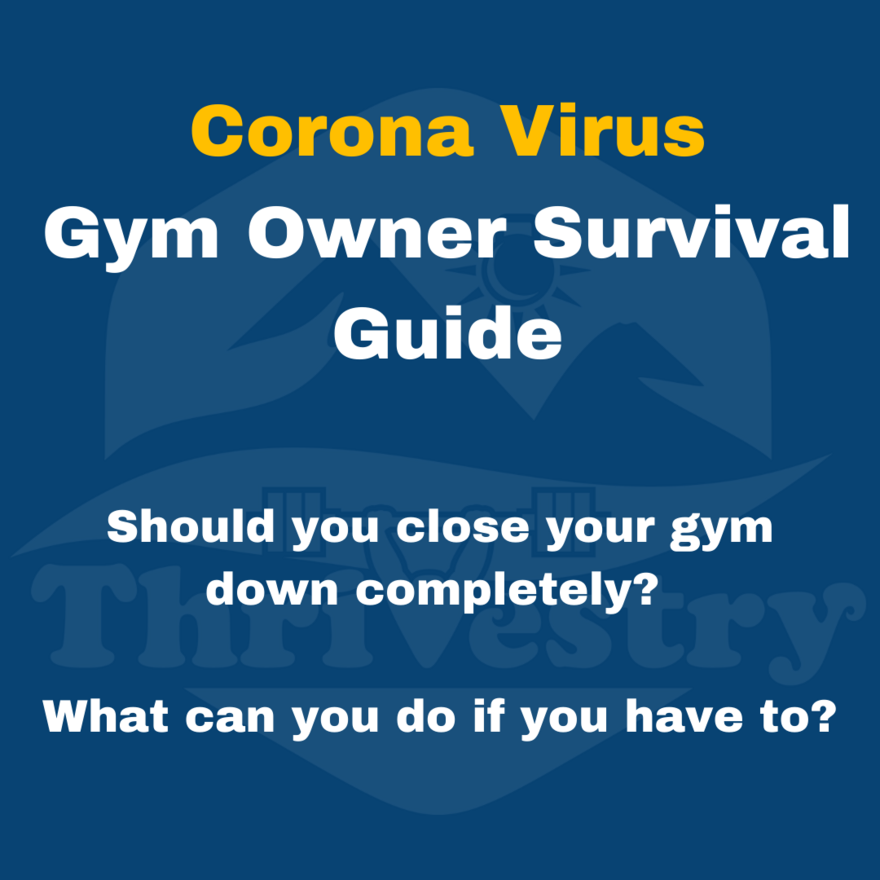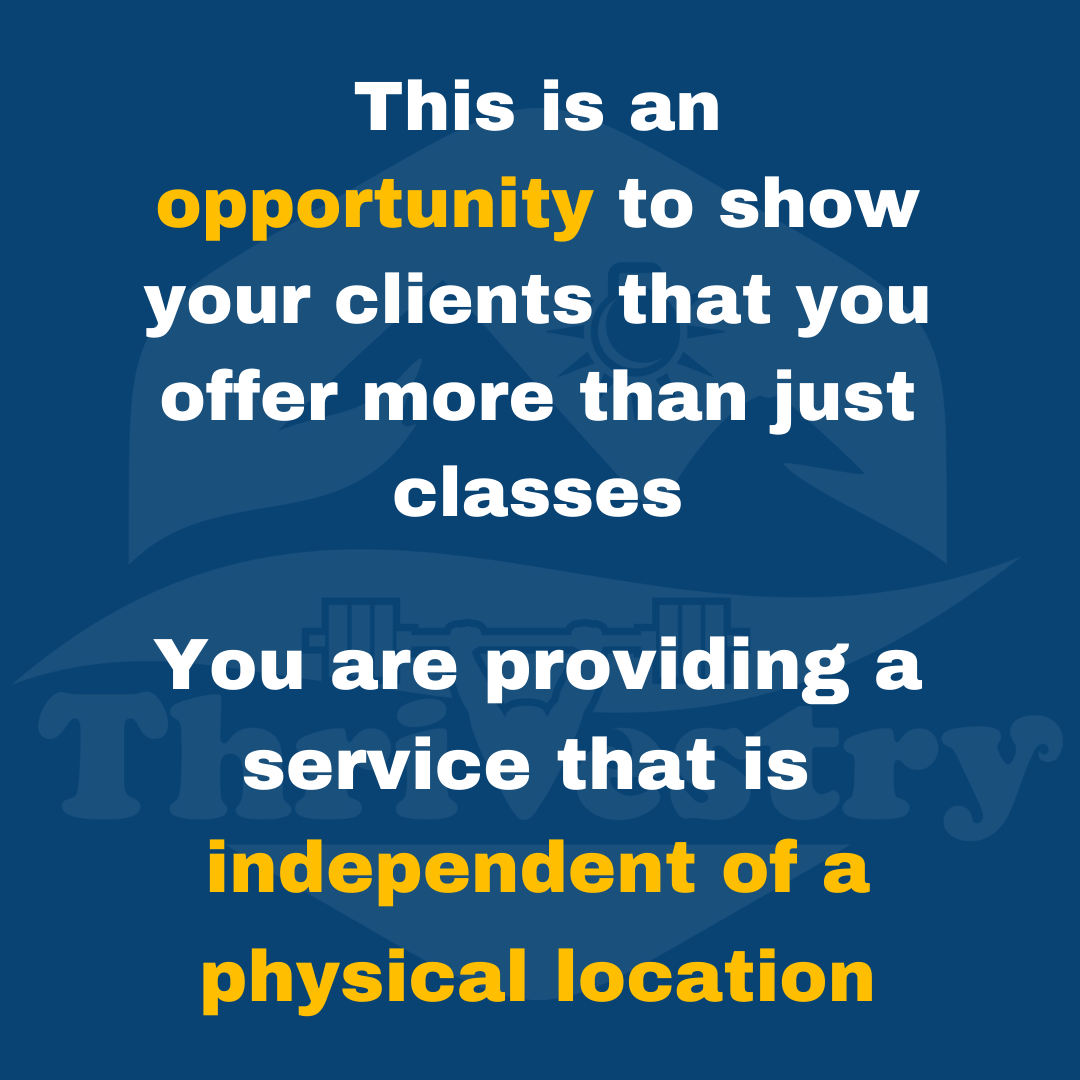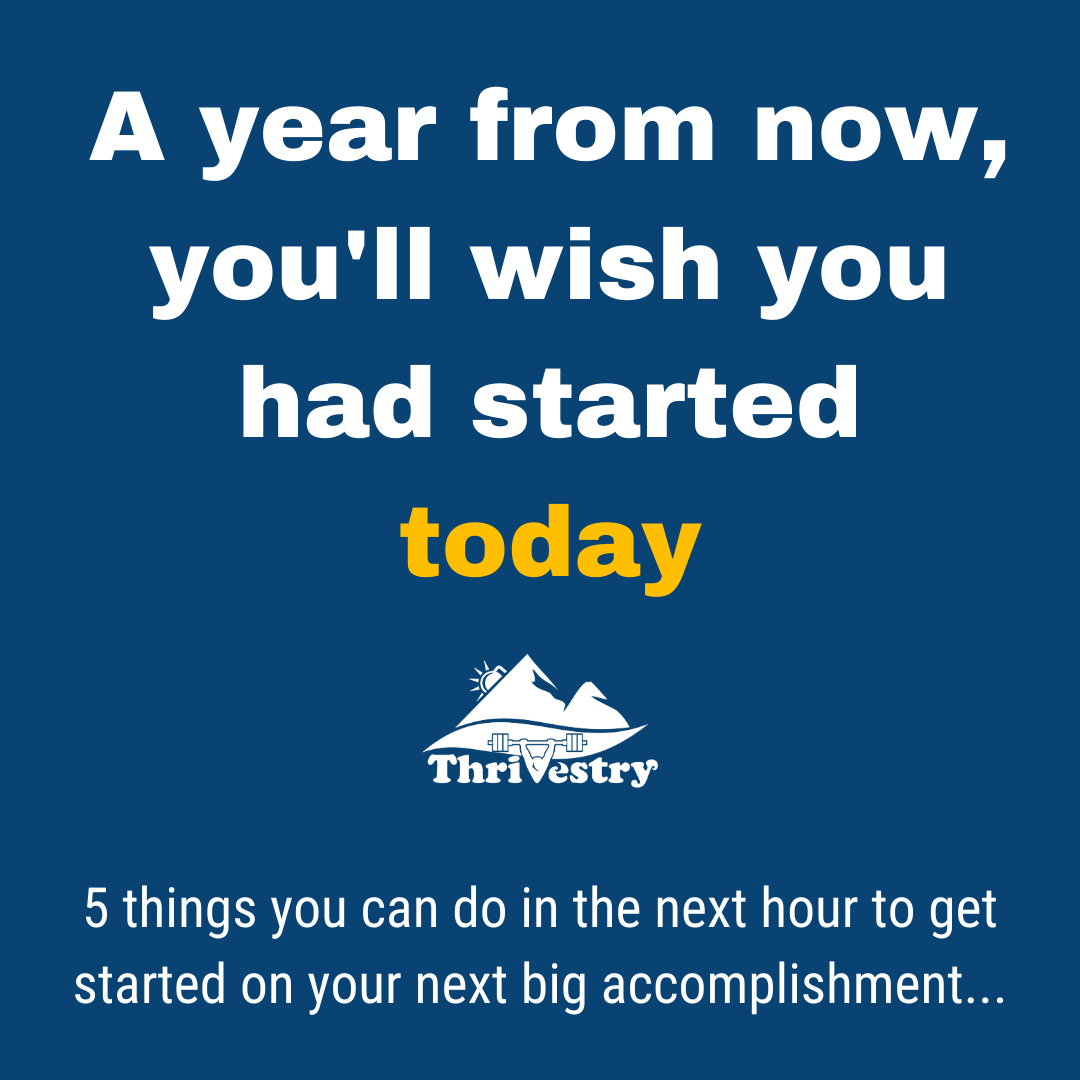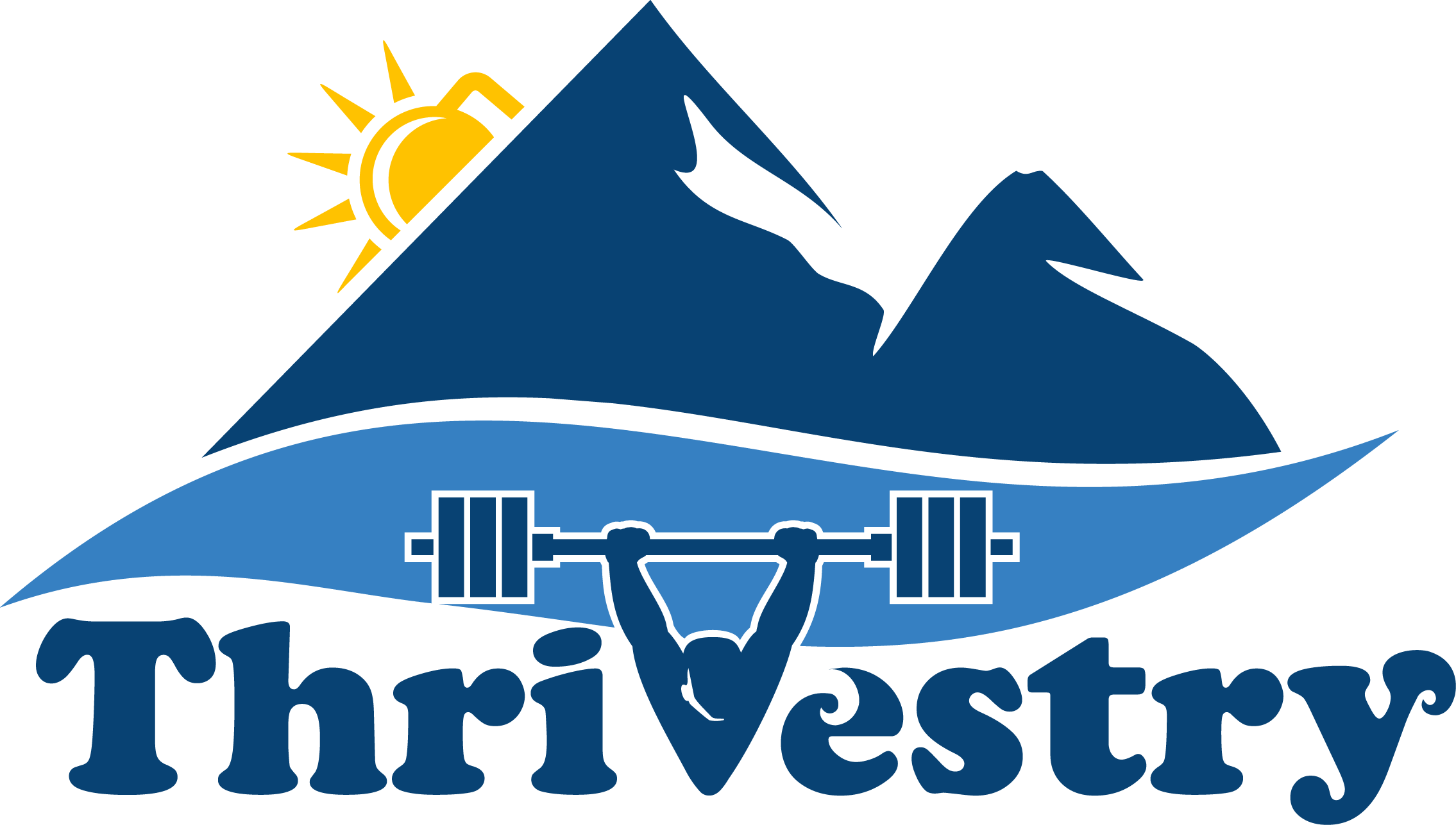Corona Virus COVID 19 Gym Owner Survival Guide

"Should I cut back hours?"
"What if they shut us down completely?"
"How can I cover some costs and payroll while people are prevented from coming to the gym?"
As many parts of the world are going into shut down mode for the COVID-19 Corona virus, there is a lot of uncertainty about how this will affect our own individual lives. This includes what we should do about our fitness businesses.
In some locations, gyms are closing or limiting hours to prevent the spread of the contagion. In others, people are selectively deciding to not go out (known as ‘social distancing’).
No matter how you feel about the virus, it is important that we acknowledge that prevention of the spread is important. Businesses that decide to have reduced operating hours or limited capacity are making a choice to take a financial hit to help reduce the spread of the virus. Individuals who are opting to stay home are disrupting their own lives (and possibly taking a financial hit) to do their part as well.
We should not judge these folks too harshly. Because of the exponential nature of the spread, even small steps early on can make a big difference over the long term.
My personal opinion at this point is that the biggest threat isn’t to most people’s personal health, but the fast growth overwhelming medical system (and secondarily the economy). There are a limited number of care givers, medicines, devices, space, that can be used to treat people. If this gets out of hand in many areas, like it did in parts of China and Italy, the amount of people getting sick and/or dying will go up significantly because treatment will be more difficult. It will also extend the duration of the impact to people’s lives and the economy.
As a gym owner, there are multiple things you can do to navigate this time of uncertainty to minimize any setbacks to your business and/or create opportunities for the future.
(If you want more help deciding if you should close or not, try using this tool from the article linked above to estimate your risk. Employees = members. EDIT: It was a spreasheet you could ‘make a copy’ of, but it might be overloaded due to traffic. It still has great information to help you decide).
Situation 1: Gym Stays Open (mostly)
If you are in an area where there is limited exposure and low chances of an outbreak, you may decide to stay open.
First and foremost, people need to feel safe. Make sure you are educating people on how to minimize the risk and what steps you are taking to minimize the risk. Disinfecting equipment, keeping doors open to maximize airflow from outside, keeping people spread out, doing as much as possible in the sunshine, etc.
That said, there is still a chance that some people will decide to stay home rather than go to the gym. If you decide to stay open but attendance is down, consider changing you hours.
- Reduce the number of classes each week because they are not filling up.
- Create more Open Gym opportunities for those who want to train but do not want to be near crowds. Arrange sign-up slots like a class so the gym is limited capacity based upon your square footage. It is recommended that people stay 2m (6ft) apart. That means roughly 4-5 square meters or 36-40 square feet of space per person. Divide your training area by these numbers to get your capacity (4000 sq.ft / 40 sq.ft = 10 maximum, 6-8 might make more sense due to people sticking around longer than an hour).
- Provide ‘at home’ workout options for people who are coming to the gym less frequently (or not at all). See below for more details.
Situation 2: Gym Only Open Very Limited Hours
Another way to provide value to members is to be closed completely (or Open Gym only) on certain days. Thursday and Sunday are the easiest to be closed on, but you could also look at Tuesdays and Saturdays.
For example:
Monday, Wednesday, Friday: 6am Class, 9am Class, 10am-2pm Open Gym, 5pm class, 6-7pm Open Gym.
Tuesday: 9am-7pm Open Gym
Saturday: 9am Class, 10am-12pm Open Gym
Thursday, Sunday: Closed (at home programming provided)
This will allow people to come to the gym 1-3 days per week and do the movements/programming they cannot do at home (use the rowing machine, use the pull up bar, lift heavy barbells, etc.).
The programming should reflect this. Avoid doing movements in the programming that are little to no equipment on the days you are open. Save the limited/no equipment movements for when people will be training from home.
Situation 3: Gym is Closed
If you decide to close the gym, or are forced to because of the risk, there are still things you can do to provide value and piece of mind.
One of the best things you and your coaches can do is reach out to each member and find out what equipment they have access to. You can even recommend a list of things for them to pick up (a dumbbell, jump rope, resistance band, Yoga mat or some sort of training surface).
Side Note: I don’t recommend ‘loaning’ equipment out to people except for maybe a Dumbbell or Kettlebell. Chances are, you won’t have enough of everything for everyone, and there is a good chance that you’ll have a hard time getting it back in a timely manner once you re-open (or it will come back damaged). Think twice if you decide to do this.
When you talk to them, ask them what their plan is to keep up with their fitness (if they have one). Set up a schedule with them on which days they’ll be training. Keep an organized file with each person detailing what equipment they have access to, and what their training schedule will be. For a full guide on how to coach people remotely check this out.
At A Minimum
Create ‘at home’ workouts for people to do based upon what people have access to. Post them on your FB Community page and in your tracking app. We'll be posting examples here on our blog and on Social Media. Encourage people to post their results/experiences in the FB group.
A note on programming for home workouts: Don’t get crazy. Because of the limited amount of movements and equipment, many movement patterns will be repeated more frequently. If you create workouts with high volumes of reps, and they do these workouts 4-5 times per week (like they normally would), they are likely to accrue overuse injuries or muscle imbalances. Keep the rep counts on the small side, and mix it up with days where there is just mobility and/or skill work (think: handstands, round offs, static holds, etc.)
The key is to maximize online and personal engagement to make up for the lack of in person contact. Reach out to every client individually and set up a plan to keep checking in on them.
You and the coaches should set up a plan for posting online, making helpful videos, and reaching out to clients.
Staff
You may have to cut payroll somewhat, but if your coaches are helping the clients and the gym, you should still be able to budget some payroll for them to keep people engaged.
If you go this route with some of your coaches, set clear guidelines of what is expected (specific people they are responsible for, number of posts per week, hours contributing, if they are doing individual programming, etc.). I talk a little more about that here.
Talk to Your Landlord
Do not forget to reach out to your landlord and ask for eliminated, deferred, or reduced rent. Every situation will be different, but many landlords have insurance for this type of thing. One of the best options for both parties may be to extending the lease by 2-3 months at the end of your contract in exchange for 2-3 months unpaid (if you left after your lease was up, they’d probably lose that revenue anyway).
Even if you aren’t anticipating losing a lot of members, the difference in rent and payroll can help offset the lack of new members that will be signing up. There is also a chance that new sign ups will be impacted for a long time after the emergency passes due to its effects on the economy.
Take a good look at your finances and make sure you have a decent ‘burn rate’ (your expenses are less than you are bringing in, or if the expenses are more, you decide how much you are going to spend to stay in business for the next 3-6 months).
Using Pods/Teams
On top of reaching out to members individually, organize people into ‘pods’ based upon their relationships with each other, their abilities, their equipment, and their schedule. It doesn’t have to be perfect matches, but more ‘matched’ people will be, the more fun it will be for them.
The pods should be 3-6 people, up to about 10. Too few people, and it will be harder to manage and engagement will be low. Too many, and people will fall through the cracks. Have them start a WhatsApp or Facebook chat (even a text chat could work). A coach should be in each pod.
Separate the pods into programming categories based on ability and equipment. Try to keep the categories to a minimum (3-5). You will send each pod a version of the programming tailored to their category. Some days, the whole group will be doing the same thing, other days each pod will have something changed.
Use the pods to create additional accountability and community. Have each pod come up with a name. Check in with them often. Have them post their results/experiences/questions within the pod. Keep people engaging and training.
Team Challenges
There is also an opportunity to create ‘team challenges’ for each pod (or even just individuals) to participate in. The challenges can change each week to keep things fresh. This topic needs its own article but here are a few ideas:
- Post a picture of you workout area or selfie post-workout to the gym FB group (each pic is a point for the team)
- Get a point for each ‘web video’ workout with a coach or teammate (or anyone else for that matter)
- Earn 1 point for every 10 minutes of mobility/yoga you do at home
- Earn 1 point for each healthy recipe you try at home (take pictures)
- Using the “Sleep WOD” points system, see which pod can get the most points in a week.
- Give a point each day for 1 or more comments on the community forum (maximum 1 point per day no matter how many posts they make).
- Earn 1 point for 10 minutes of breathing or mediation work
Keep a leaderboard on your FB group. Announce winners and runners up each week. You may even rank the pods for an overall score (combined for multiple weeks).
The Good News About a Forced Closure
This is an opportunity to show your clients that you offer more than just classes.
You are providing a service that is independent of a physical location.

This is the perfect time to get people engaged with you online and demonstrate your ability to provide value even if they can’t come into the gym.
As we move past this, you will be able to retain more clients that cannot make it to the gym as often as they like. You may also get some ‘remote’ clients who have moved away or who can never make it to the gym for whatever reason (remote coaching).
It is also a time to educate people about maintaining their health outside of the gym. Staying active, eating healthier, focusing on sleep, etc.
It may also be a good time for you as a gym owner.
If you are leading people remotely as outlined above, you’ll still be fairly busy. But there is a good chance you’ll have more down time than usual.
Spend this time to work on projects you have been putting off. Update the website. Work on some of your marketing. Have some meetings with your coaches. Take an online course.
You can also focus on getting some rest. Spending time with family. Talking to relatives and friends on the phone. Getting some projects done around the house. Finish reading those books. Trying some new recipes. Working out yourself!
Challenges and Opportunities
I hope this article helps you get prepared and gives you some piece of mind. There are both challenges and opportunities ahead.
With the some preparation and the right mindset, there is a good chance you’ll weather this storm, maybe your business will end up even better than before.
Over the next few weeks, we’ll be putting out resources for you and for regular folks to use during this unique time. Follow us on Facebook and Instagram so you can get ahead of it and possibly come out even better than before!
Thrive on.
-jj
Please share this if you found it useful or if you think it might help someone else.
Here are a few other things you may find interesting:
The 'Thrive Mentorship Model' - A Free Course on Mentoring People Online and In-Person
5 Things You Can Do in the next Hour to Get Started on Your next Big Accomplishment

The problem with goals or resolutions is that they can be intimidating to start and demotivating to maintain
After choosing a goal/outcome and an end date, it is best to focus on the daily/weekly habits and routines that you need to do to get you there. Here are some ideas on how to get started and stay consistent...


0 comments
Leave a comment